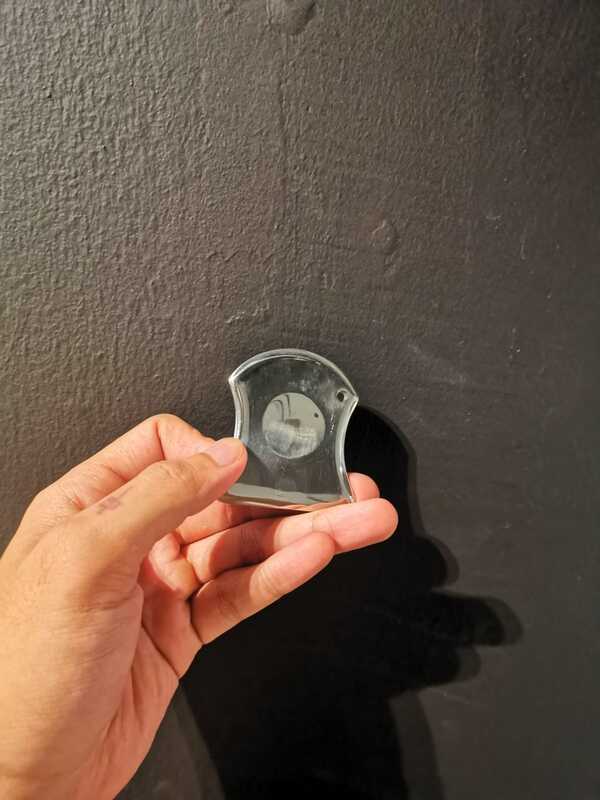|
An article on Instrument Assisted Soft Tissue Manipulation that will shine some light on some commonly asked questions & misconceptions on the tool & its many applications. Here is what we will be covering;
What is IASTM? In a sentence the answer would be, IASTM is the act of a qualified clinician using a surgical grade steel tool to assist with the assessment, manipulation / or mobilization of the connective tissue to promote healing & reconstruction of the collagen (connective tissue) through fibroblast proliferation. IASTM is known to be used successfully by professionals such as physiotherapists (physical therapist), chiropractors, sports medicine specialists, strength coaches, rehab specialists, & even competent personal trainers, as a strong base of understanding of human physiology, pathology, & anatomy is needed to effectively increase the efficacy of adding IASTM into the session. What does Iastm mean There are two main meaning behind the acronym of IASTM. 1. Instrument Assisted Soft Tissue Manipulation This refers to the clinician using the tool to help with the manipulation of the soft tissue. The main intent of this act is to cause inflammatory response & elicit a healing cycle to take place after inducing micro trauma to the affected area. 2. Instrument Assisted Soft Tissue Mobilisation This refers to the practitioner using the tool to help with soft tissue mobilization of the concerned area. The intent of this act is to allow any fascial restriction to increase mobility & improve elasticity. What is IASTM therapy?IASTM therapy is also classified as regenerative , complimentary manual therapy, or manipulative therapy, which is used as an add on to other modality promoting a fuller, & optimal outcome of treatment using a complimentary tool such as IASTM. Before the tool assisted soft tissue mobilisation, many manual therapists have reported a short-lived career in massage therapy due to inflammation & wear & tear of the hands, & thus not being able to serve as many clients or patients as they want to, but until IASTM tools was introduced into the market, it has evolved not only to help with prolonging a therapists hands but also in the aspect of techniques & applications as more pilot experiments are done by clinicians worldwide, making the tool get a wider variety of applications from being a non-invasive & simple enough to use with some basic knowledge, however, only limited to what you can do with your background education on the human body. There is plenty of positive clinical outcomes by clinicians worldwide that have used IASTM to help treat conditions like chronic low back pain caused by fascial restrictions. IASTM as well shortens the time spent on working on a patient in a case such as sport massages, trigger point therapy or scar tissue work, cross friction, & so on from a typical session of 45 mins 60 mins to in just a few minutes using techniques from IASTM applications. What is IASTM used for? The IASTM tools are amazing at being able to treat a wide range of pain-related to neuromusculoskeletal to the dysfunctions of the body. A non-exhaustive of what conditions an IASTM tool has been used list includes:
Apart from that, IASTM is also mainly used to help with saving a manual therapists' hands by helping transfer force onto the tool so that the therapist's hands lessens the water & tear of the joints with regards to the thumbs, finger, wrists & even up to the elbows/shoulders. The tool is found most effienct in doing so, thus helping to induce inflammatory response quicker with less effort. What is the difference between Astym, Rock Blade, IASTM CLINIC, Graston etc? The notable thing for this question is to know that:
All of the providers advocate on the value of providing soft tissue mobilisation (iastm) therapy, however, a varying degree of principles to approaching & treating a dysfunction relating to the musculoskeletal system will be there. Graston's education instruments are amongst the best providers for instrument base therapy, leading with studies & developments for application/techniques. All this comes with a heft price tag of course, & if you're looking for a cheaper option, you have the rest of the world to scour for. Depending on where you are based at, you can find a provider, some fly across the globe to take an AISTM certification as they're not as fortunate to some people who are at an area where it all happens with the big names mentioned above. Price from the list mentioned above to compare:
Note: The information above was derived directly from their respective websites. Apart from the way they do things, the tools as well are manufactured independently by their own manufacturer. All of the tools have their merits & can only do so much that is one of the reason why you would always need more than one tool to accommodate a session from superficial to deep tissue work, & from mobilising to manipulation. Each tool is designed specifically for the best ergonomic to provide optimal comfort for both the clinician & patient/ client. However, still, the tools do have their limitation on where it can be applied on & what to look out for prior to applying the techniques, & that takes us to the end of this topic on instrument assisted tools. For more information on learning how to treat & manage conditions using instrument-assisted, you can find more info here, & if you wan to buy a tool for less than SGD100 you can do so here, price includes international delivery, that means you pay a flat fee for the tool, yup, SGD99. #IASTMCLINIC |
Archives
March 2024
Categories
All
|
Services |
Company |
|
|
Integrated Training Institute
|




 RSS Feed
RSS Feed